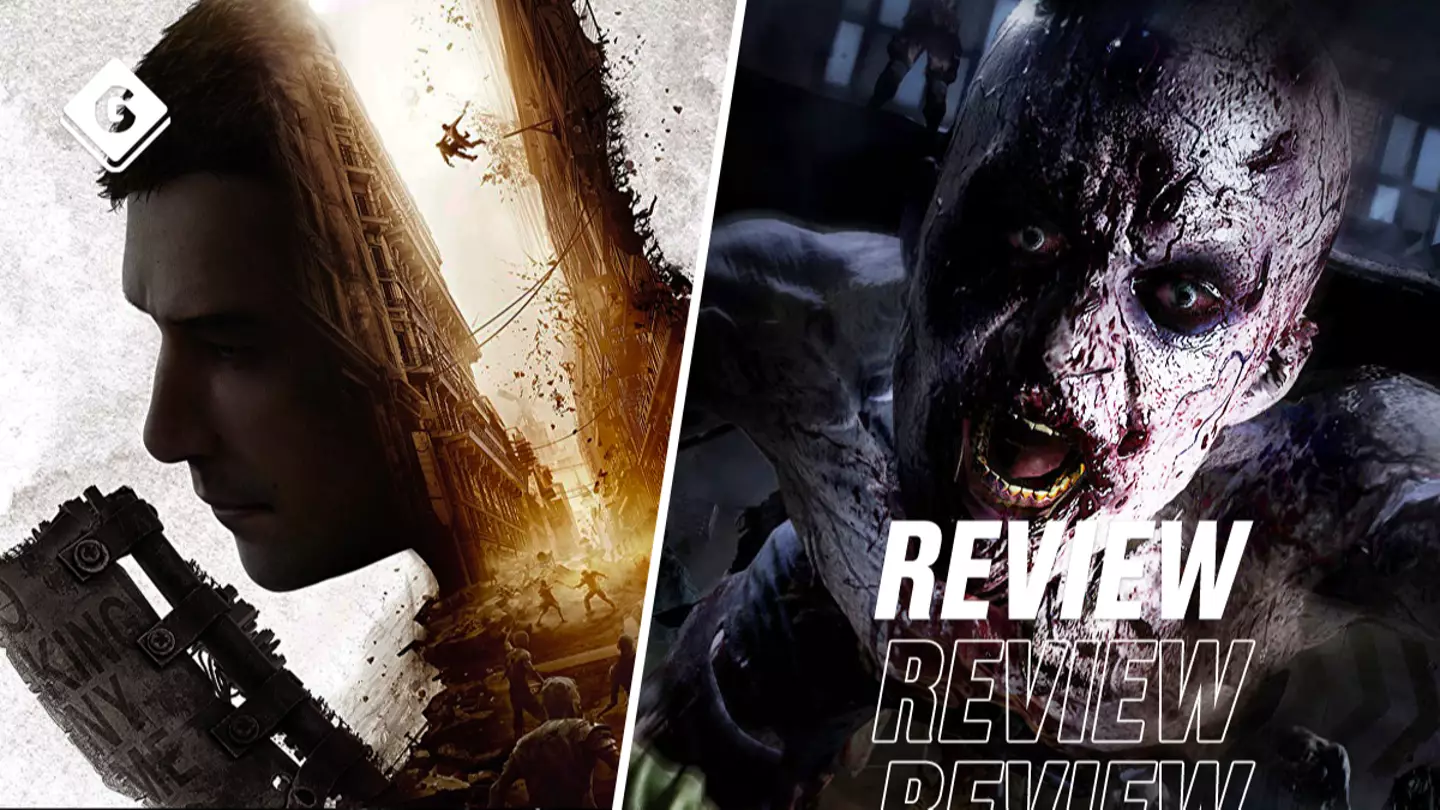
Dying Light 2: Stay Human can be a tricky game to pin down. One moment I’m holding a dying teenage boy in my arms as he makes one last tearful call to his mum to say goodbye while bleeding out on the floor. The next, I’m sprinting around the city delivering sausages to people before they go bad and make the customers shit their pants.
Techland’s long-awaited zombie RPG sequel delivers most of its messages with all the subtlety of a brick with the words "humans are the real monsters!" hurled through a window. Yes, it’s crude and obvious, and quite often thinks it’s smarter than it actually is. But when Dying Light 2 leans into its true nature as a schlocky, cheesy, over-the-top zombie game? That’s when it shines. A brutal, bloody, and frequently brilliant mish-mash of genres, Dying Light 2 is a game fans of the original will adore, even if it doesn't quite live up to some of its loftier promises.
You don’t really need to have played the first Dying Light to understand what’s going on in part two, in case you were worried about that. A deadly virus (oh god) is seemingly nipped in the bud thanks to a successful vaccine rollout (oh god) until an unexpected variant (oh god) causes everything to spiral out of control again (oh god).
Fast-forward a few decades, and the world has been torn apart. It all really went to shit in 2023, in case you were wondering, so that’s something to look forward to. What little human survivors are left have gathered in tiny settlements scattered between vast wastelands filled with undead monsters. Villedor, one of the last surviving cities in the world, has definitely seen better days. But its mighty walls and still-standing structures have allowed its residents to retreat to the relative safety of rooftops where they can farm, trade, and (mostly) avoid the infected.
Aiden (played by Jonah Scott) is a traveller with a mysterious past who arrives in the city in search of his sister. It’s not long before he becomes embroiled in Villedor’s many conflicts, leading him to form alliances - and make deadly enemies - as he works to uncover the truth.
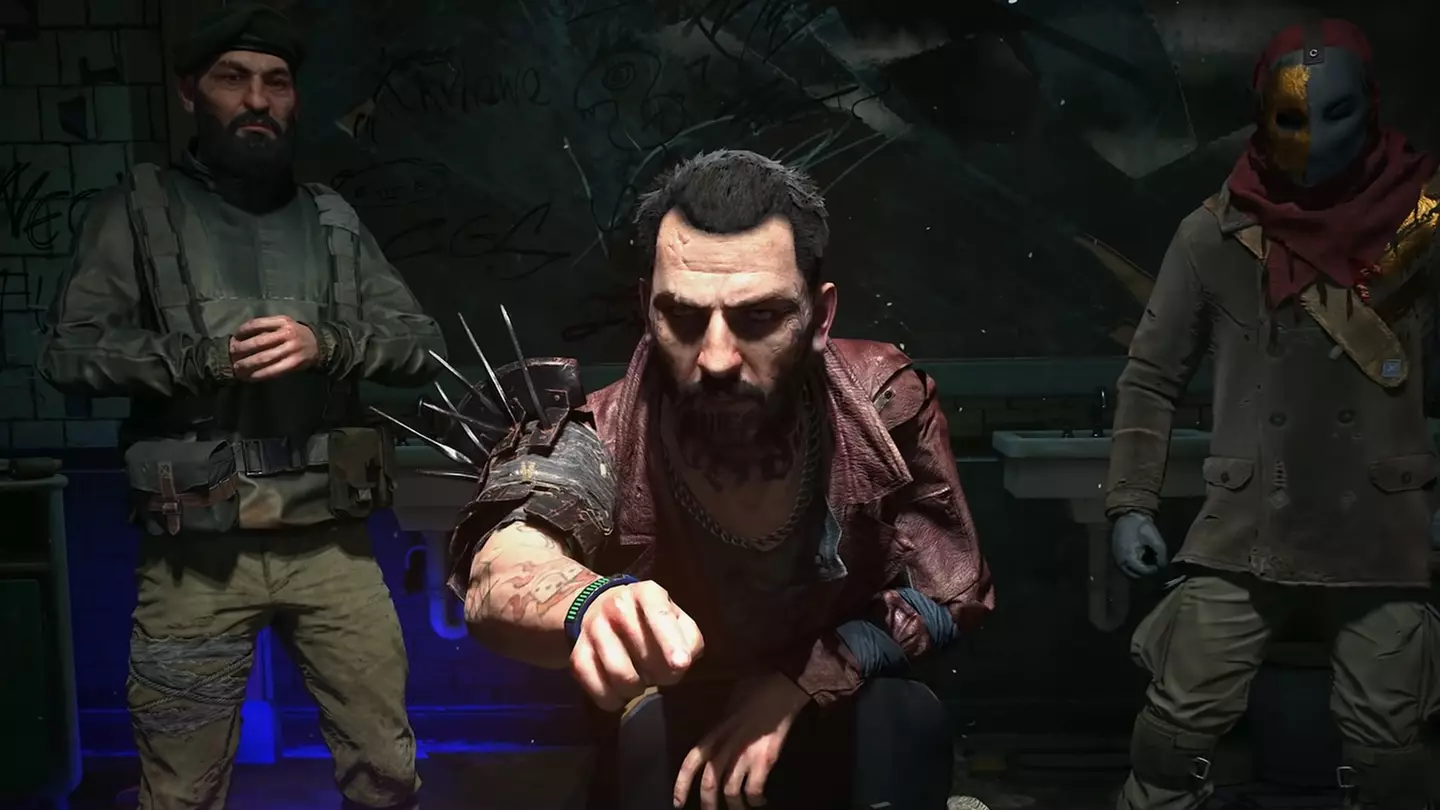
Techland has made a big deal about the choices you make in Dying Light 2 having actual meaningful ramifications on each playthrough, and that certainly seems to be the case… until it isn’t. A number of characters minor and major can live or die based on your actions, while even the smallest choices can come back to bite you in the arse in surprisingly unpredictable ways.
One early in-game questline forced me to decide whether I’d throw my lot in with a scrappy band of survivors, or help a military faction hunt down the person who’d killed their commanding officer. My intention was to work with both sides in an attempt to prevent a war, but as new information comes to light, your own priorities and alliances might shift. Without spoiling too much, the consequences of my decisions during that early mission were felt through the rest of my playthrough, with certain quests - and potential friends - being lost to me as a result of my choices. Your story will no doubt be different.
These larger choices don’t come around all that often, but Dying Light 2 is also filled with smaller decisions, many of which can actively work to make your playthrough harder or easier. Do I keep a dying friend’s promise at the expense of my one clear shot at revenge? Should I listen to a wife’s pleas to save her husband, the only witness to a crime that could lead to further bloodshed? Even the game’s many in-depth sidequests throw up some fascinating moral conundrums that can close - or open - doors to you. And as it is with life, the right choice is very rarely the easy choice. It’s just that, sometimes, you have no way of knowing that until it’s too late.
Beyond which characters are alive or dead by the time the credits roll, the people you side with can also affect the shape of the open-world. Electrical stations and water towers across the city are waiting to be restored via some fun puzzles and parkour action, at which point it’s up to you which side to provide resources to. While not quite as impactful on a story level, these decisions have a noticeable effect on gameplay. Providing the military faction with these resources can provide new combat opportunities, for example, while the survivors can install new devices that make navigating the city quicker, easier, and safer.
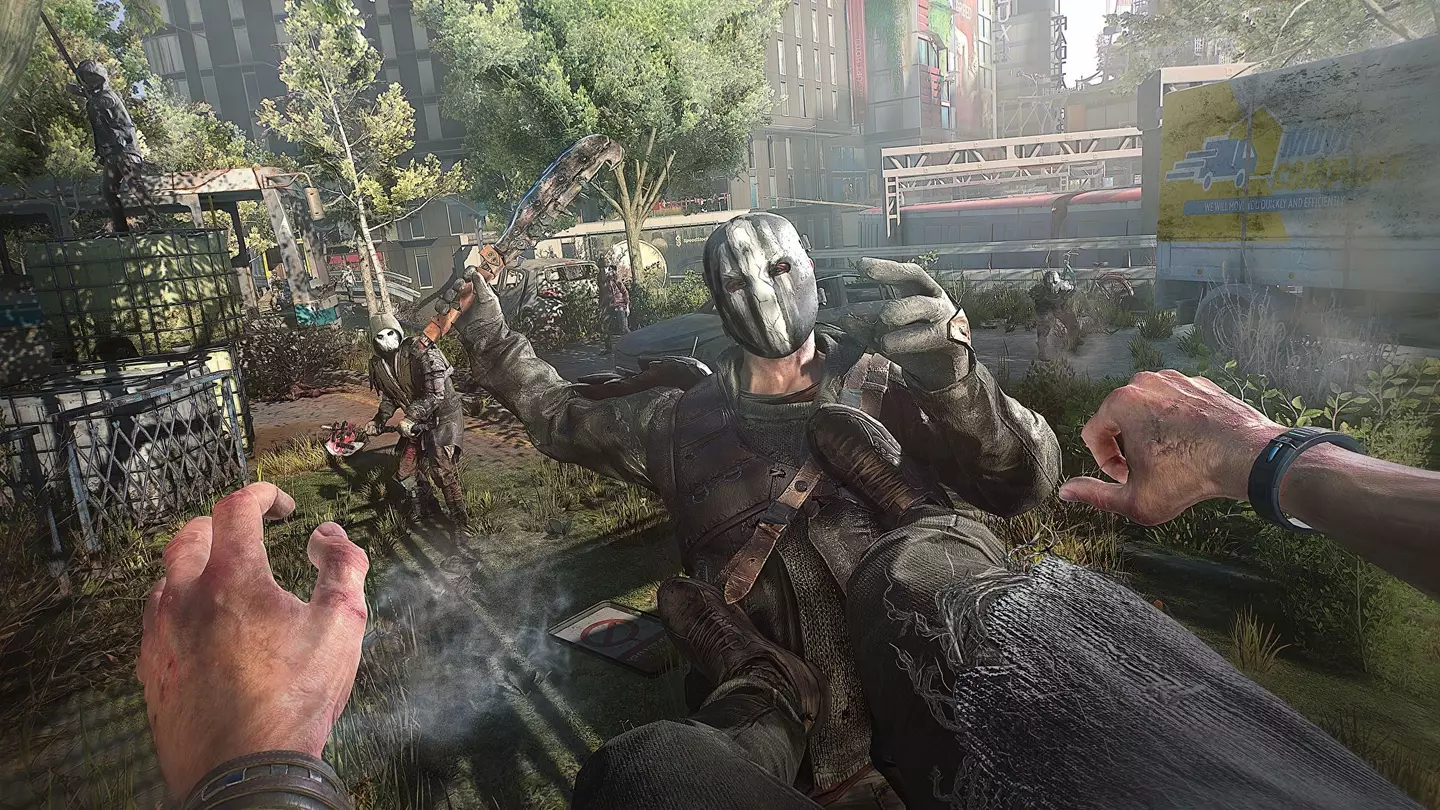
Unfortunately, many of these choices become inconsequential by the time you get to the game’s utterly deflating final mission. Without giving too much away, most of your relationships and choices are ultimately disregarded as you’re pushed into a disappointingly binary decision - the consequences of which the game doesn’t even really allow you to explore. It’s a bit of a gut punch after an adventure that, up till that point, had truly felt like mine.
While the ending left me feeling annoyed and vaguely cheated (and I suspect I won’t be the only one), Dying Light 2 is definitely more about the journey than the destination. And what a ride it is. As far as gameplay is concerned, Dying Light 2 is, much like its predecessor, a heady mix of different genres and styles. First-person platformer. Survival horror. RPG. Open-world collectathon. Dying Light 2 does it all. What’s more surprising is that it does it all pretty damn well. One second you can be racing across the city trying to get your best time in one of the world’s many parkour races, the next you’re cowering in a dark basement filled with infected as you desperately try to pry open a locked door before any of them notice you.
If you’ve played the first game you’ll be familiar with the bones of Dying Light. You explore an open world, build new weapons out of the scraps you collect, and try not to die. The zombies are relatively easy to deal with in the day, but as soon as night falls they suddenly turn into free-running pros that can chase you down and overwhelm you with ease. From Dying Light 2’s opening moments, it’s clear that it’ll be business as usual. But it’s not long before the sequel makes it clear it’s improved on that original formula in every way.

Parkour and combat are noticeably better from the off. Platforming and melee combat are devilishly tricky to get right in first person, but Dying Light 2 handles it with panache. Weapons are much easier to come by this time around, and it’s far more entertaining to get stuck into crowds of the undead with a slew of amazing new weapon blueprints that can augment your gear with things like fire, electricity, and poison. Yes, there’s a world to save, but there’s nothing quite like wading into a zombie horde and hacking away with a giant sledgehammer that spits flames.
You’re really encouraged to pay attention to the environment and use it to your advantage, too. Climbing up high so you can leap down and dropkick a bandit off a roof is never not fun, and grabbing a spear from a fallen enemy so you can turn a line of infected into a shishkebab is always a treat. Believe me when I say you’ll never tire of slicing and dicing through huge crowds of enemies until there’s nothing left but severed limbs and puddles of sticky red blood. It is gloriously, unashamedly brutal.
If you prefer flight to fight, you’ll be glad to know that sprinting across the rooftops of Villedor is just as exhilarating as getting into street brawls. Once you’ve unlocked the skills, you’ll feel the thrill of chaining together wall runs, floor sides, and double jumps as you leap over the infected on the street below. The new paraglider tool also adds an extra dimension to exploration, allowing you to clear vast distances and float safely to points of interest. Simply knowing you get to throw yourself off a building to play with the paraglider is often all the incentive you’ll need to scale a building.
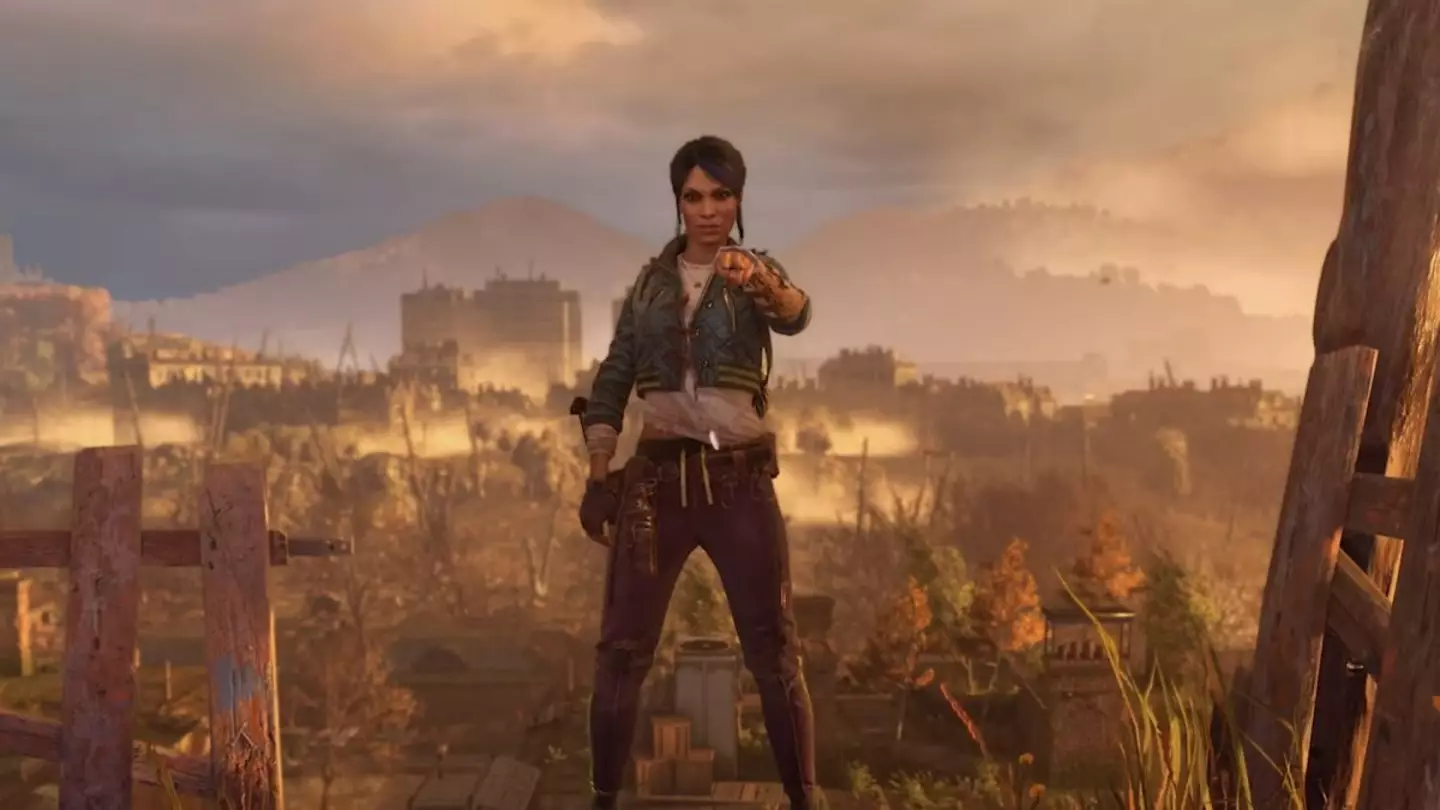
Where Dying Light 2 lets itself down (if only slightly) is in its open world. For all its quests, points of interest, and hidden collectibles, it doesn’t really do anything we haven’t already seen a million times before. There are towers to climb, parkour challenges to complete, and plenty of fetch quests to get stuck into. Plenty to do! It’s just that after you’ve explored your fifteenth zombie-riddled building in the middle of the night in search of some piece of tat that somebody has asked you to track down, it stops being scary and starts becoming, well… a bit dull.
Fortunately, the moment-to-moment gameplay is such a joy that it can take a long while for that rot to set in. Climbing yet another tower does eventually become a pain, yes, but when the parkour is as good as it is, it can be hard to care. And while there are perhaps too many uninspired fetch quests, there are also plenty of really well-written and more involved side-missions that can take you to all sorts of unexpected places. Villedor has plenty to offer, and even if I’m not willing to spend the advertised 500 hours seeing absolutely everything the city has for me, the 35 or so hours I spent seeing the story through to the credits is far from the end for me.

The issue of Dying Light 2’s performance is undoubtedly the undead elephant in the room for many readers, especially given the state of releases like Battlefield 2042 and Cyberpunk 2077. I’m happy to report that beyond the occasionally sluggish framerate dips and a few frustrating cutscenes that somehow played without any sound, this is one anticipated launch that isn’t totally riddled with bugs. Villedor looks and runs beautifully on PlayStation 5, with zero game-breaking glitches or serious errors encountered in the time I’ve spent with the game so far.
If I have one final criticism to level at Dying Light 2, it’s that a lot of the writing is too on the nose for its own good. I’m fully aware that development on the game started long before the COVID-19 pandemic, but I think we could all do without wink-nudge references to washing hands and staying two metres apart, couldn’t we? I also find it hard to believe that the only music that survived this fictional apocalypse are all songs that contain lyrics about being consumed by the darkness or being eaten alive. A tighter story and sharper writing might just have elevated Dying Light 2 to another level. As it is, the plot is very much just a means to an end. But when that end is a massive open-world playground full of zombies to kill and secrets to find, it’s a lot easier to forgive its sins.
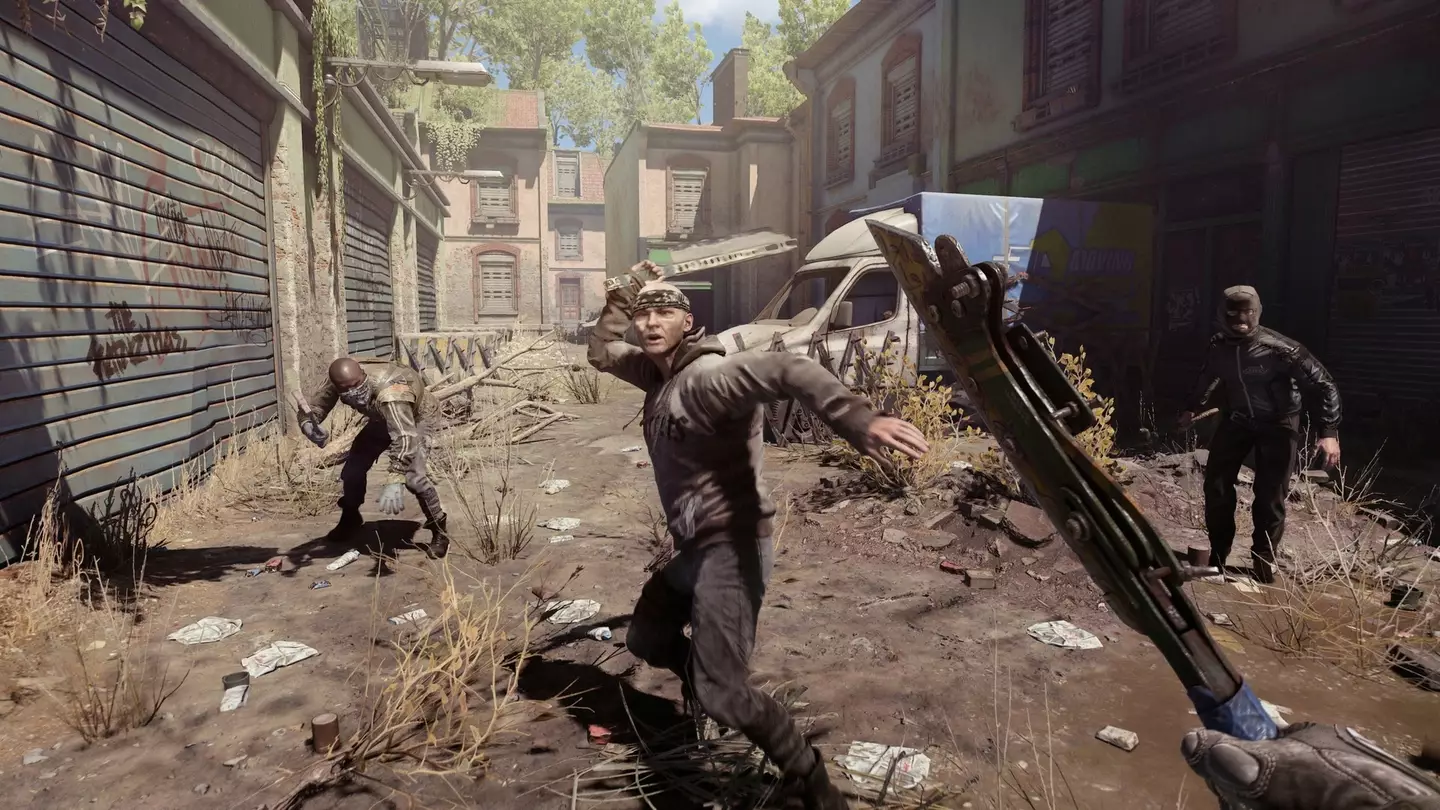
For all its promises about an expansive world that players shape with their choices, Dying Light 2 is essentially a by-the-numbers sequel that doesn’t offer much that’s new. But that’s no bad thing when the reality is that I haven’t had quite this much fun with a AAA video game in years. Techland’s long-awaited zombie RPG mostly delivers the goods in style, providing an expansive - if not entirely original - open-world playground that’s filled with epic action, pleasingly brutal combat, and some difficult choices. The end of the world has never been so entertaining. Just try not to rush through the main story, okay?
Pros: Satisfyingly grisly combat, choices that genuinely matter*, a massive world that’s thrilling to explore and navigate
Cons: Open-world activities can start to get a bit repetitive, uneven writing, *awful ending that disregards many key choices in the final moments
For fans of: Dying Light, Mirror’s Edge, Resident Evil Village
7/10: Very Good
Dying Light 2 is available February 4 for PlayStation 5 (version tested) Xbox Series consoles, PC, PlayStation 4, and Xbox One. The Nintendo Switch cloud version of the game is expected later in 2022. Code for review was supplied by the publisher. Find a guide to GAMINGbible's review scores here.
Featured Image Credit: TechlandTopics: Techland, Dying Light 2